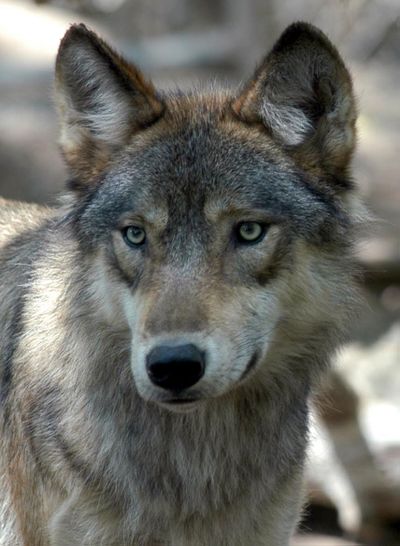Gray wolves relisted as endangered in Great Lakes
Failure to get comment forces temporary change

The federal government recently agreed to put gray wolves in the western Great Lakes region back on the endangered species list — at least temporarily.
The decision came less than two months after the U.S. Fish and Wildlife Service discontinued federal protection for about 4,000 wolves in Michigan, Minnesota and Wisconsin. The agency acknowledged that it erred by not holding a legally required public comment period before taking action.
Great Lakes wolves had been classified as endangered from 1974 until their removal May 4.
About 1,300 wolves in Montana and Idaho also were dropped from the list then. Because a public comment period was held in their case, they are not covered by the Great Lakes decision, although a separate lawsuit on that case is moving forward.
About 300 wolves in Wyoming remain listed.
Gray wolves were listed as endangered in 1974, after they had been wiped out across most of the lower 48 states in the early 20th century by hunting and government-sponsored poisoning.
Thanks to federal protection and changing attitudes, they’ve come back strongly in the western Great Lakes over the past two decades. Minnesota’s estimated population is 2,922; Michigan’s is 580; and Wisconsin’s, 626.
The federal government has tried six times in the past five years to drop them from the endangered list but has been thwarted by lawsuits.